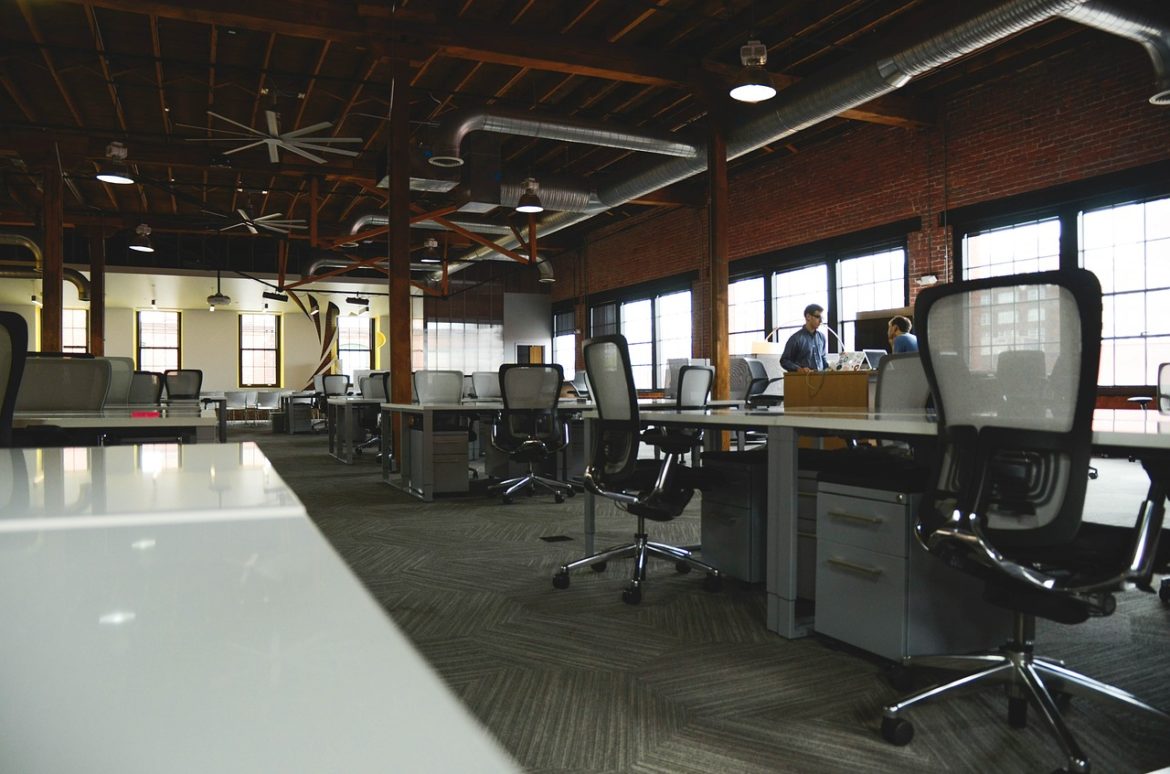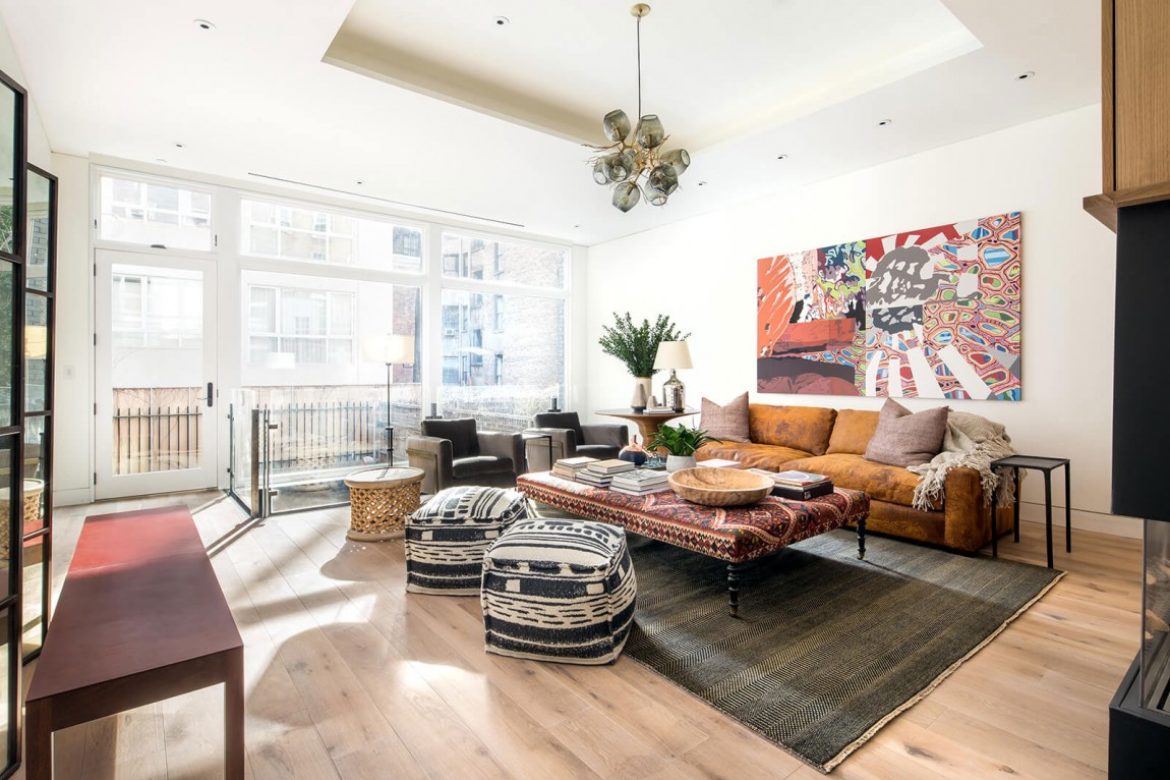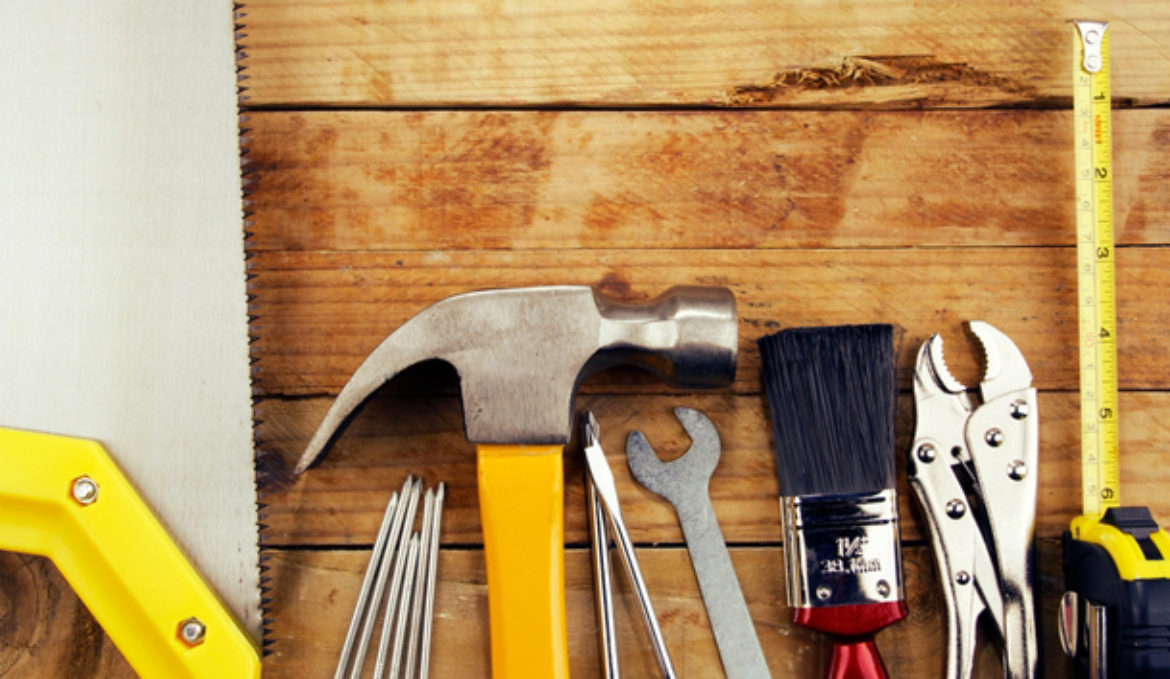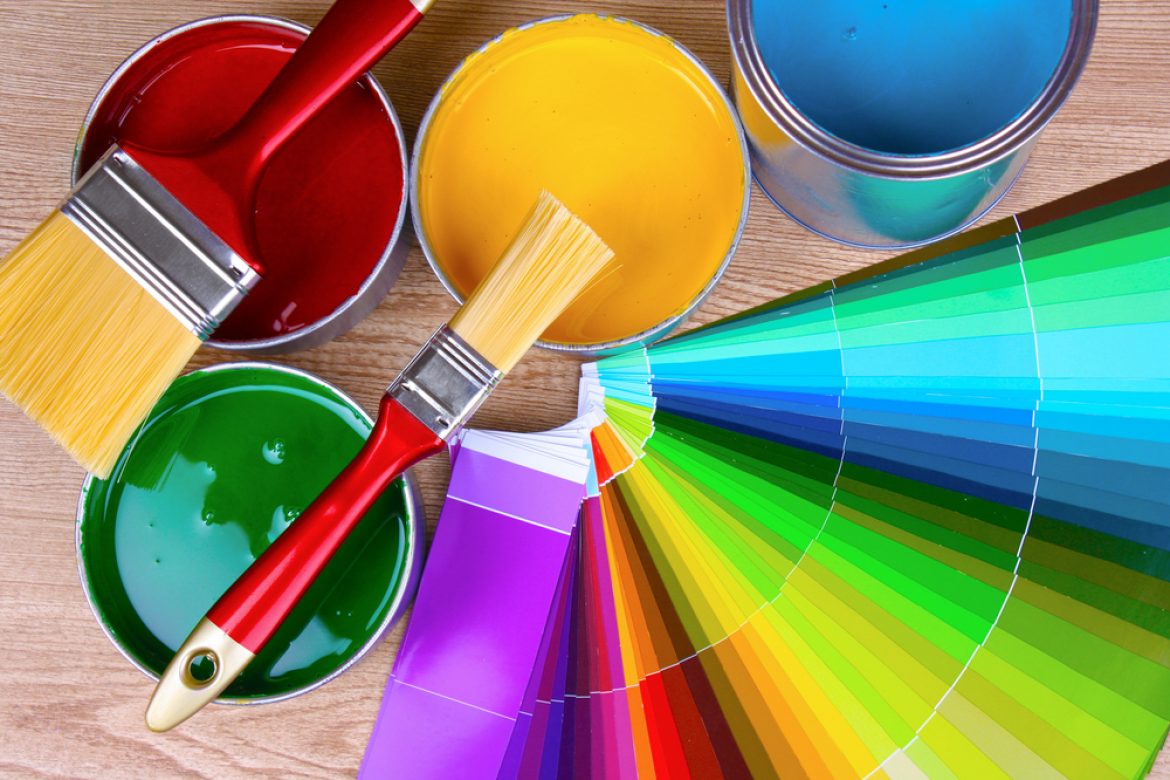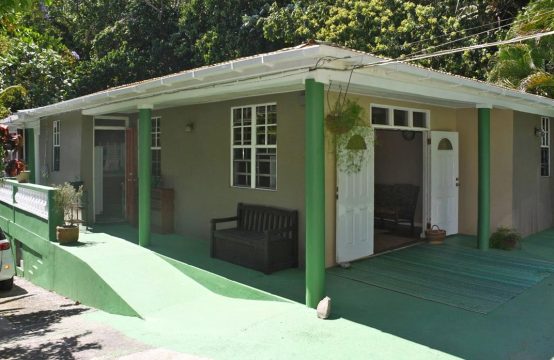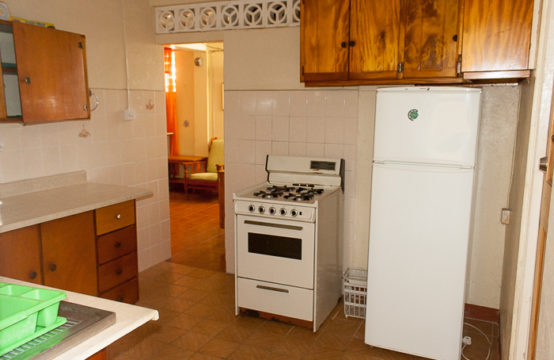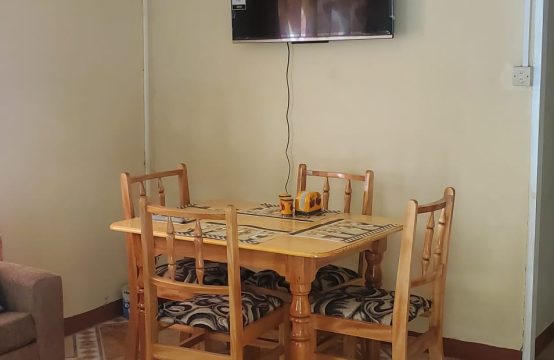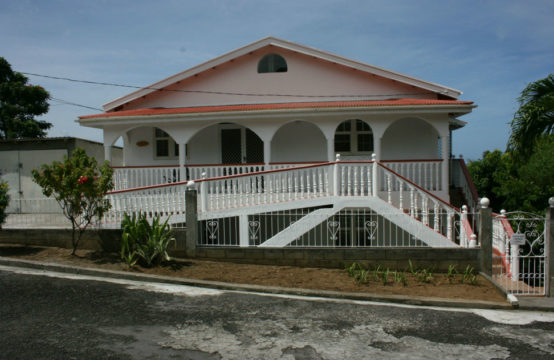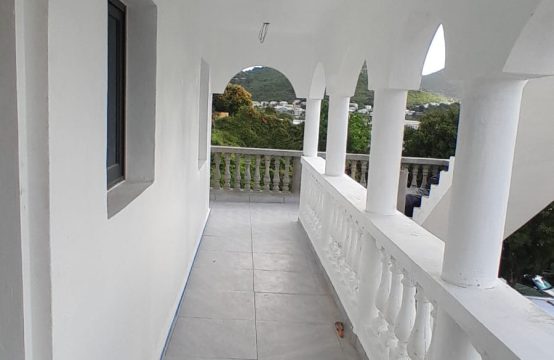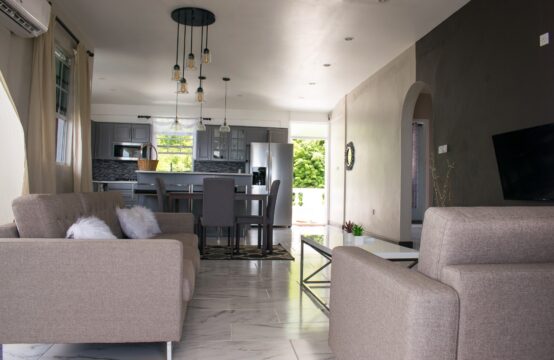Whether it is through purchasing an existing property or having the home of your dreams designed and built, most individuals dream of one day owning their own home. Reaching the point of home ownership is considered a significant moment in an individual’s life and thus we work hard to turn that dream into our reality.
While owning a home provides several financial benefits it also offers some non-financial benefits that aren’t often considered. In today’s article we take a look at three (3) non-financial benefits of home ownership.
Individuals often compare the differences between home ownership and renting when considering the advantages that owning a home offers. A key difference between the two options is that when you own your own home you won’t need to worry about the cost of rent being increased or being evicted. Also, renting a home or apartment does not usually provide much option in regards to modifying the living space to better suit your needs. Whereas if you own your home you are free to renovate or add an extension to increase your comfort and convenience.
Home ownership offers stability. Having to move from rental to rental is a major inconvenience and can be both a financial and emotional burden. When you spend your life constantly renting homes and apartments you can never really be sure where you will end next. Factors such as a change in your financial situation or even a growing family may require you to move to another property sooner that anticipated.
Another benefit to home ownership is that it grants owners the opportunity to be a more established member of a community. When you own your property you literally own a piece of your community. Being part of a community means being a good neighbor, and that requires owners to take care of their property and improve the community.


